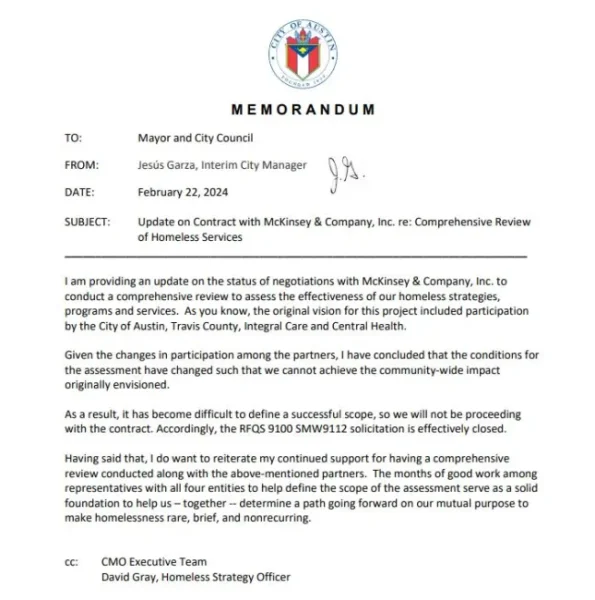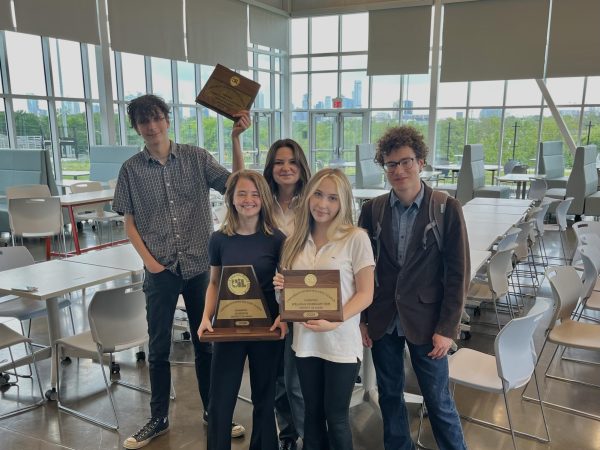Following the burnt orange road
Texas co-enrollment and paired school systems offer different paths for seniors to arrive at the 40 acres
Photo by Grace Nugent, graphics by Madelynn Niles
Many people view the CAP and PACE programs as a form of rejection, but they are in reality just alternative paths to admission to the University of Texas that provide two additional paths to arrive at the 40 acres.
April 16, 2022
For Knights becoming Longhorns, there are four distinct paths to the University of Texas at Austin—two admission types and two alternative paired school programs.
The beauty of it all is that kids today have choices,” Nix said. “That’s a great thing about your generation—it seems like there’s a lot more options for all of you than there were just 20, 25 years ago.
— Camille Nix, college and career counselor
Students can be accepted to UT through automatic admission if they are in the top 6% of their senior class or through the regular admissions process. In addition, some students are offered the alternative Path to Admission through Co-Enrollment (PACE) or Coordinated Admission Program (CAP) pathways. PACE students must complete credits at Austin Community College to ensure guaranteed transfer to UT sophomore year into a variety of majors, while CAP students must enroll at one of UT’s six “sister” schools to ensure guaranteed transfer to UT’s College of Liberal Arts the following year.
College and career counselor Camille Nix describes the latter options as a bridge.
“I love that it’s not a hard ‘no,’” Nix said. “For those that have UT as a dream school, they can go do some great things at UTSA or UT Tyler or whatever campus they land on, and make it back over to UT—that’s a great thing and a productive way to use your time.”
Nix, however, also sees the limitations in these programs.
“For the engineering student who wanted to go into UT engineering, but has to go to liberal arts, I’m not sure that that’s the best decision,” she said. “You still can apply for the external transfer, but to me that’s a gamble. But it’s not a gamble for the student who is a liberal arts major at heart.”

With more than 66,000 applicants this year and a 32% acceptance rate, UT solidified its position as a competitive university for both Texas and out-of-state applicants.
In fact, Nix explained, that percentage is surprisingly misleading. In reality, it’s a much lower acceptance rate.
“Ninety percent of UT’s acceptances have to come from Texas residents, and of the 90% they’re allowed, 75% are top 6% students,” she said. “I thought that was pretty eye-opening. That shows kids how competitive it really is.”
More than 100 Mac seniors applied to the UT this fall, yielding 35 admits and approximately 80 CAP Program offers. For Nix, despite making sense due to the restrictions, this outcome was frustrating.
“It was disheartening for me, to be honest,” Nix said. “If you look on Naviance at the Scattergrams, I think, historically, kids have just been putting in guaranteed transfers, so it looks like a lot of students got in when in reality, that’s not the case.”
There is a state-mandated amount of people they can accept, and they want to accept more, but they can’t, so they send the rest to CAP, so they still get a chance to go to UT.
— senior John Hamlet
Nix has also seen up-close how these restrictions can filter out deserving students.
“There are some really phenomenal students that I don’t feel like could’ve done much more both in rigor and schedule and in activities on campus, and they were ‘CAPped’,” she said. “For me, that’s really frustrating, because I don’t know what else they expect of a student.”
Nonetheless, Nix feels that there are a variety of benefits to the alternative CAP and PACE pathways, including cost and class size.
“Those prerequisite classes at UT are huge, so in some ways, doing that at ACC with 30 kids for a fraction of the cost, or taking them at UTSA with 100 kids instead of 300, is brilliant,” she said.
Nix recalls her freshman year at UT, composed of huge prerequisite classes with little one-on-one learning.
“You’re tossed into these auditorium-size classes where you have two TAs that know you by social security number, and you’re one of 300 students frantically taking notes, taking maybe two tests the whole semester,” she said. “It’s easy to get lost in those classes, so that is in lots of ways the perk to CAP, the perk to PACE; it forces you to kind of slow down and take those classes in a smaller, more affordable way.”

Senior John Hamlet, who was accepted into and is considering the CAP Program, agrees that there is value in the pathway. He didn’t always feel like this, though.
“At first, I was like, ‘Oh, I don’t know how to feel.’ Is this a rejection? Is this an acceptance?” he said. “But then my mom got really excited about it and reminded me: ‘This means you can go to UT, no matter what, worst case scenario. So I went from a confusion of ‘What is this?’ to a ‘Hey, you still get to go to UT, that’s awesome.’”
For Hamlet, who has viewed UT as a dream school from a young age, the CAP program feels like something to be grateful for.
For those that have UT as a dream school, they can go do some great things at UTSA or UT Tyler or whatever campus they land on, and make it back over to UT
— Camille Nix
“People generally take it as a denial, but it’s all about perspective,” he said. “You can take it as ‘UT didn’t want me’, but when the admissions counselor came and described it, she explained that there is a state-mandated amount of people they can accept, and they want to accept more, but they can’t, so they send the rest to CAP, so they still get a chance to go to UT. That is how I look at it.”
All in all, the UT pathways provide Mac seniors options for furthering their education.
“The beauty of it all is that kids today have choices,” Nix said. “That’s a great thing about your generation—it seems like there’s a lot more options for all of you than there were just 20, 25 years ago. And that’s great, choices are great.”
Hamlet feels similarly.
“For students who get ‘CAPped’ in the future, don’t take it as a rejection,” Hamlet said, “because it’s just more doors opening to you.”



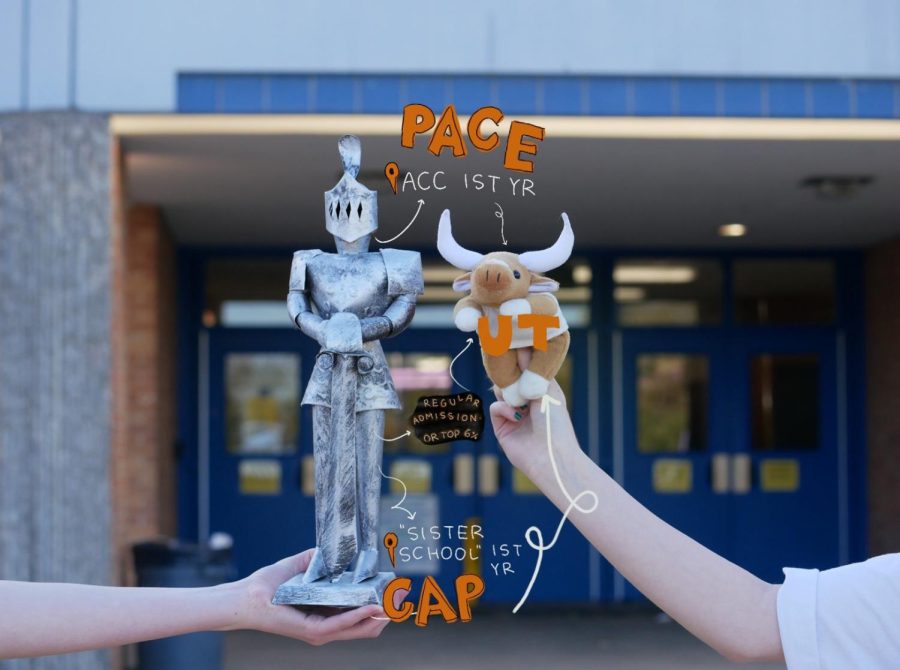




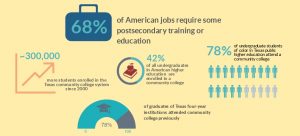







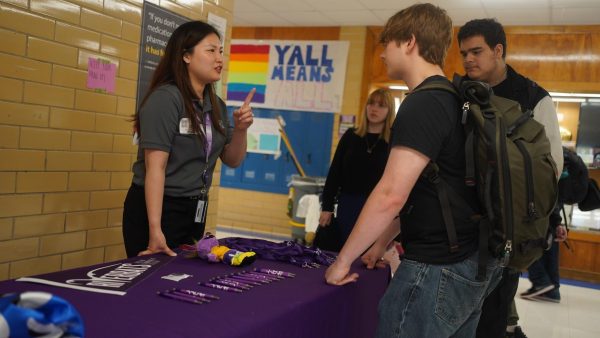

![With the AISD rank and GPA discrepancies, some students had significant changes to their stats. College and career counselor Camille Nix worked with students to appeal their college decisions if they got rejected from schools depending on their previous stats before getting updated. Students worked with Nix to update schools on their new stats in order to fully get their appropriate decisions. “Those who already were accepted [won’t be affected], but it could factor in if a student appeals their initial decision,” Principal Andy Baxa said.](https://macshieldonline.com/wp-content/uploads/2024/04/53674616658_18d367e00f_o-600x338.jpg)
